Europe Mission Critical Communication Market Summary
As per MRFR analysis, the Europe mission critical-communication market Size was estimated at 6.7 USD Billion in 2024. The Europe mission critical-communication market is projected to grow from 7.31 USD Billion in 2025 to 17.5 USD Billion by 2035, exhibiting a compound annual growth rate (CAGR) of 9.12% during the forecast period 2025 - 2035.
Key Market Trends & Highlights
The Europe mission critical-communication market is experiencing robust growth driven by technological advancements and regulatory support.
- Germany remains the largest market for mission critical-communication solutions, reflecting a strong investment in infrastructure.
- The UK is emerging as the fastest-growing region, with increasing adoption of advanced technologies enhancing communication capabilities.
- There is a notable focus on interoperability standards, which is crucial for seamless communication across various platforms.
- Key market drivers include the growing demand for reliable communication systems and regulatory support for enhanced communication standards.
Market Size & Forecast
| 2024 Market Size | 6.7 (USD Billion) |
| 2035 Market Size | 17.5 (USD Billion) |
| CAGR (2025 - 2035) | 9.12% |
Major Players
Motorola Solutions (US), Harris Corporation (US), Thales Group (FR), Raytheon Technologies (US), Siemens AG (DE), NEC Corporation (JP), Ericsson (SE), Cisco Systems (US), Hytera Communications (CN)


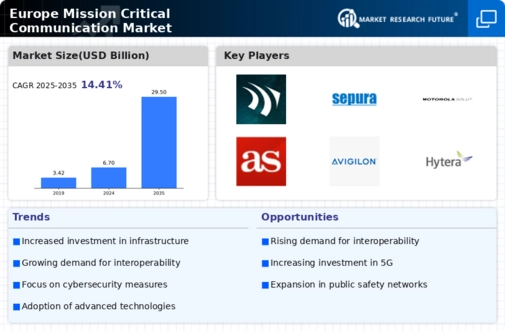
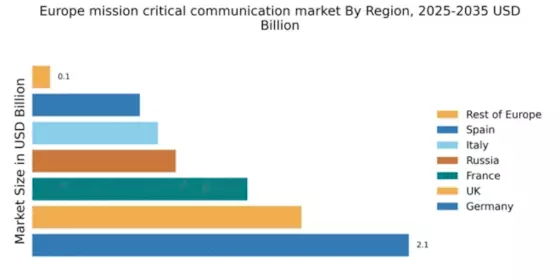
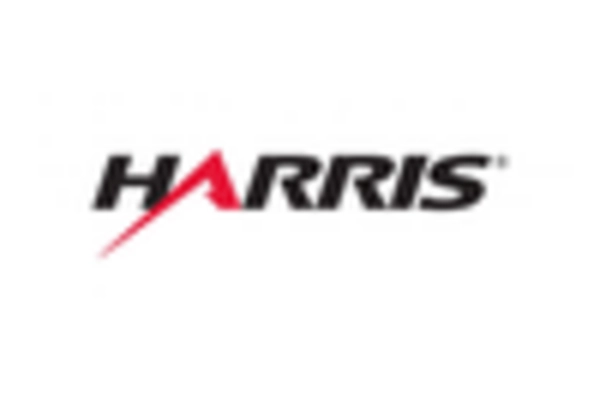
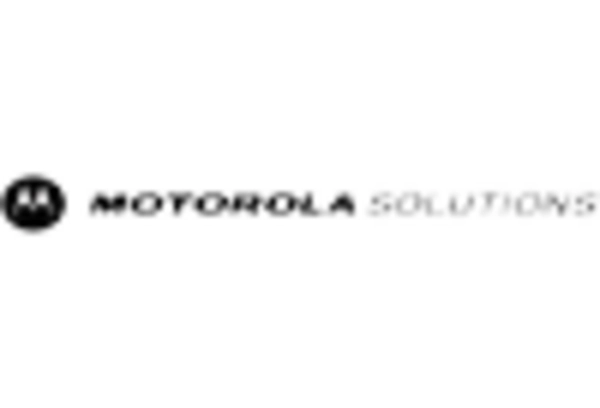
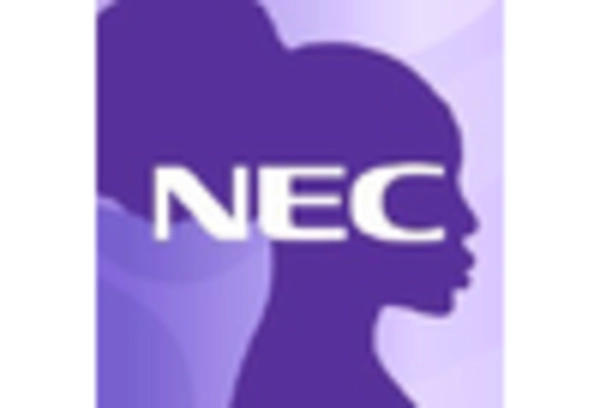











Leave a Comment